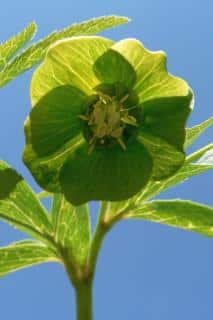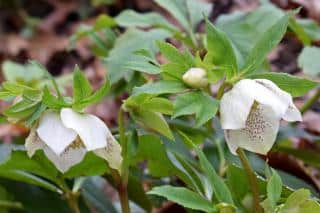

Few flowers bloom at the heart of winter: the hellebore can illuminate your garden even when cold snow blankets all.
For you, too, to savor it, plant it without delay as soon as the next warmer days have returned.
Read also:

With its evergreen and leathery foliage, hellebore also makes for excellent ground cover on top of being simply planted in a flower bed or garden box.
Set it under a tree that will dispense enough shade in summer.
In the middle of December, you’ll thus be granted beautiful flowers that range from greenish-white to pink and purple. The most famous variety, the Christmas Rose (Helleborus niger), even blooms through a thick blanket of snow.
Hellebore is planted from fall to spring while avoiding periods of deep cold. It approves of all types of soil, with a preference for rich, humus-rich and well drained. Feel free to amend the soil with organic matter to encourage the blooming. If the soil doesn’t suit it well, it might be more vulnerable to disease, in which case try growing it in pots or garden boxes.
To settle a plant in, dig a hole about 16 inches (40 cm) across, loosen up the ground at the bottom and add sand for drainage. Delicately place the plant in the hole, add soil mix and sand, and ridge the base of the plant somewhat to avoid having water accumulate. Group your hellebore plants in threes to create a cluster effect.

Remove wilted flowers often to spur appearance of new buds and cut off damaged leaves to showcase the flowers.
You can propagate your plants by separating the young shoots that appear around the clump. However, you must know that the Corsican hellebore and Helleborus foetida only propagate through seed.
M.-C. H.
Read also: